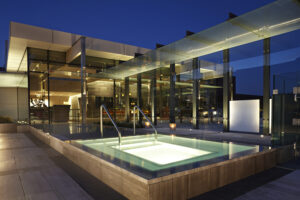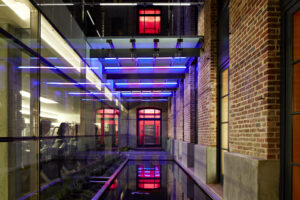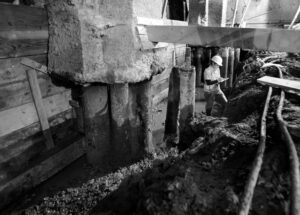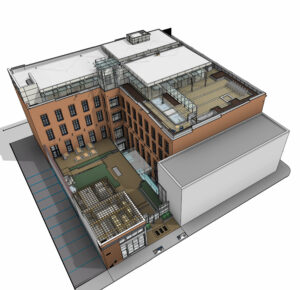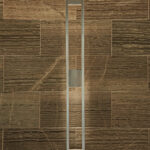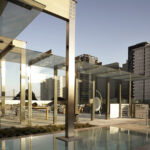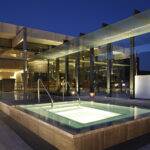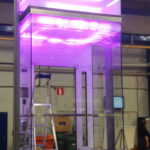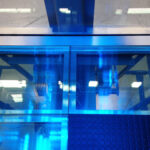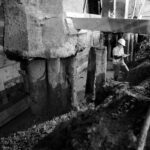
The Battery at 717 Battery Street was originally envisioned as an Office/Incubator Space, but after a period of initial design, the Clients, Michael and Xochi Birch, decided to create a unique social club. The Battery. The post-fire 1907 structure first required a substantial seismic retrofit of the unreinforced masonry budling (UMB). This was made more complex by the modern 4th-floor addition and lowering the basement floor level 3 to 6 feet to create more occupiable program space. The program includes a full mix of hospitality elements: club room/lounge, restaurant, banquet and meeting spaces, signature bar (plus five other bars), spa and fitness center, guest suites, and signature roof deck and spa pool.
Unique design elements include the penthouse suite and adjoining roof deck, glass floors, fabricated steel plate central stair, fabricated steel curtain wall framing, and the first US glass-floor elevator with a glass counterweight.
This project was truly a unique opportunity for design.
(Interiors by Ken Fulk Inc)
Location:
Project Type:
Size:
Budget:
Completed:
Role:
San Francisco, CA
Private Club/Building Renovation
60,000
Undisclosed
2012
PM/PA, Lead Architectural Designer
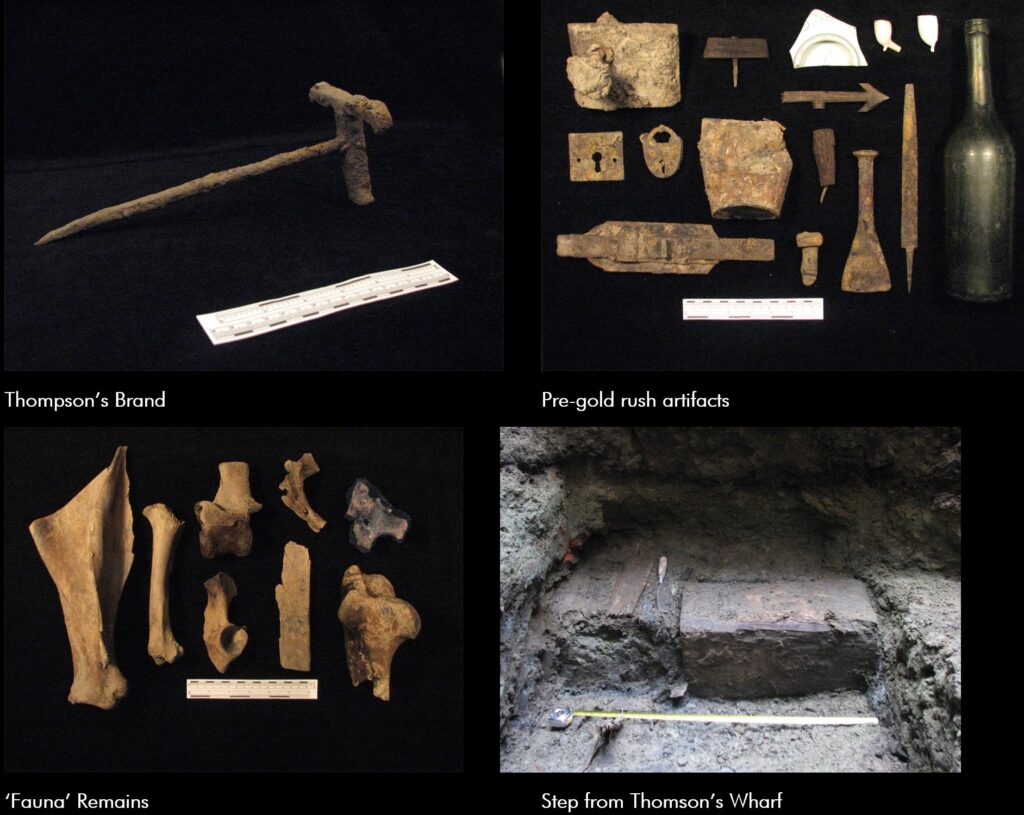
A Familiar Building
Before The Battery, 717 Battery Street was one of the first European settlements in San Francisco (then Yerba Buena). Known as Thomson Point, the site was hideworks for rancher Thomson. At that time, the site was the shoreline, which was later filled in, moving the waterline three blocks east.
These site conditions created two large challenges for the project. In roughly 130 feet, the site’s geology transitions from exposed rock to roughly 80 feet of fill (aka bay mud). This gave the project team the important work of coordinating blind-side waterproofing and multiple foundation types, including micro-piles, to supplement the existing timber piles. This subsurface work created the second issue – onsite archeological monitoring and survey work while the new lower foundation and pile caps were installed.
Some of the better archeological finds are what is believed to be a branding iron from Thomson’s hide works and steps leading to Thomson’s Wharf.



